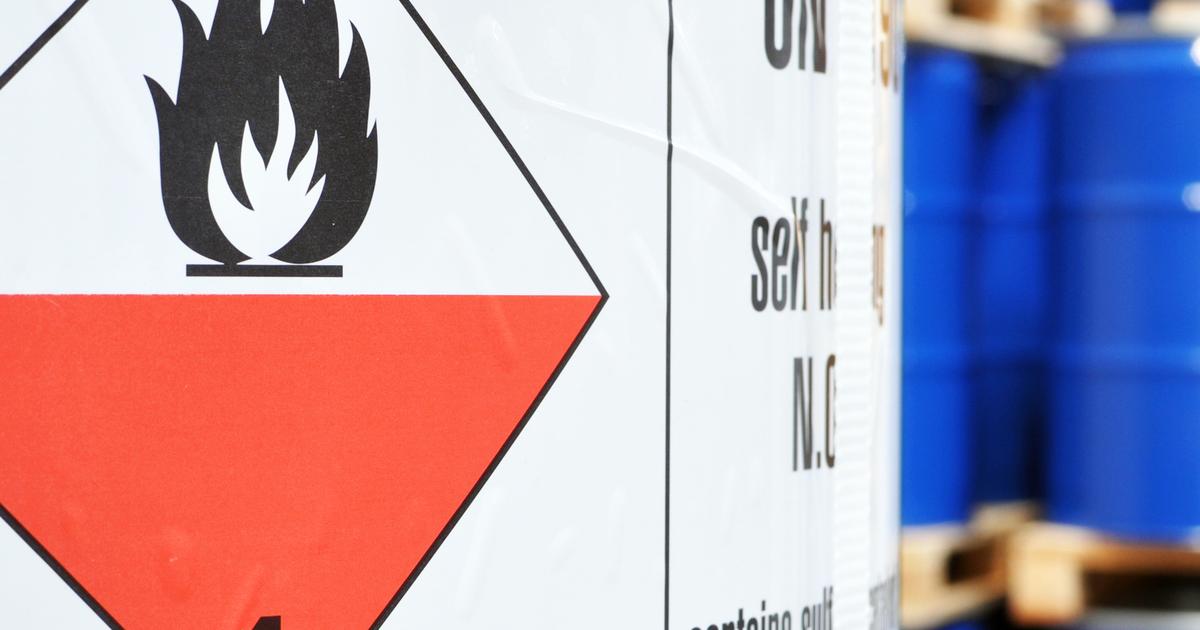Risk Factors, Complications, And Treatment Options For Multiple Myeloma
Gender

Men have a slightly higher risk of developing multiple myeloma than women do. However, in a study conducted by the American Association for Cancer Research, scientists found more women than men with multiple myeloma developed lesions; scientists believe the reason for this is based on genetics. For classification purposes only, researchers have noted men are more likely than women to have hyperdiploidy (a higher chromosome count). Women are more likely to have immunoglobulin, natural antibodies plasma cells produce. Although these differences are significant, researchers are unsure of their relationship to multiple myeloma. In both the number of the new cases of multiple myeloma and in deaths, men slightly outnumber women.
Workplace

Differences in the work environments of men and women may partially explain why men have a higher risk of developing multiple myeloma than women do. In a study conducted by Sweden's Organization for Working Environment, Occupational Safety, and Health, researchers found exposure to diesel exhaust increased workers' risk of developing multiple myeloma. Other studies have shown radiation from an atomic bomb blast also increases the risk of multiple myeloma, as does exposure to lower levels of radiation. Additional industries associated with higher rates of multiple myeloma include agriculture, leather production, petroleum, and cosmetology. Chemicals used in these industries known to increase the risk for multiple myeloma include insecticides, herbicides, petroleum products, plastics, asbestos, and heavy metals.
